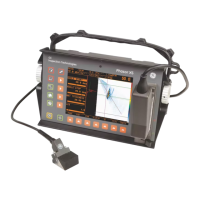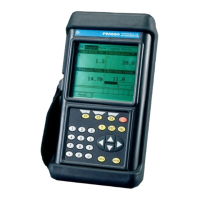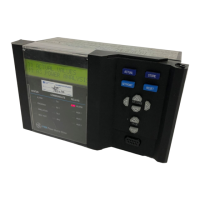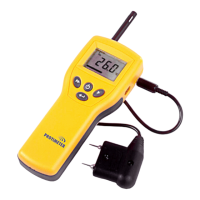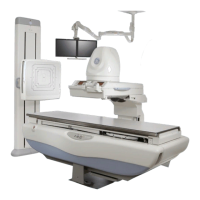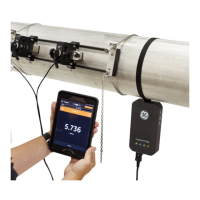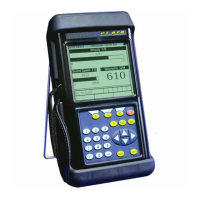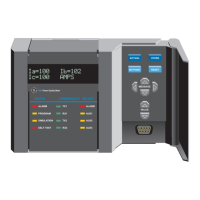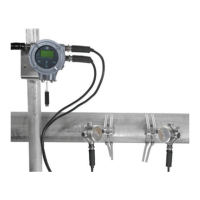5. Making Conventional Measurements
PHASOR XS Operating Manual Page 81
5.17 JISDAC Evaluation Mode
NOTE: Result-evaluating features, such as JISDAC,
are first selected by the user via the EVAL MODE
function (located in the EVAL Menu). The selected
evaluation feature’s menu then appears in the HOME
Menu.
NOTE: While operating in JISDAC mode, the A-Gate
TOF MODE must be set to PEAK or JFLANK (see
Section 5.1.2).
Conventional measurements can be made using the
JIS Distance Amplitude Correction (JISDAC) function
(
Figure 5-13). The function operates based on a set of
user-recorded data points. These points are recorded
from the JIS/DAC menu as described below.
The JISDAC function displays all echoes at their true
amplitude. However, when operating in JISDAC mode,
a Distance Amplitude Correction curve is superimposed
on the A-Scan display. The curve, like the one shown in
Figure 5-13, represents constant reflector size at varying
material depth.
When displayed, the JISDAC curve visually represents a line
of constant reflector peaks over a range of material depths.
Remember that in JISDAC mode, the only deviation from
traditional display and operation is the appearance of the
JISDAC curve and a series of OFFSET curves. All A-Scan
echoes are displayed at their non-compensated height.
A JISDAC curve can be based on up to 15 data points
(material depths).
A JISDAC curve is programmed using a series of same-
reflector echoes at various depths covering the range
of depths to be inspected in the test material. Because
near field and beam spread vary according to transducer
size and frequency, and materials vary in attenuation and
velocity, JISDAC must be programmed differently for dif-
ferent applications.
The dynamic range of the JISDAC function is 60 dB. Maxi-
mum curve slope is 12 dB per microsecond. Successive
data points do not have to decrease in amplitude. That
is, the JISDAC curve does not have to have a constantly
descending slope.
FIGURE 5-13—JISDAC Evaluation Mode
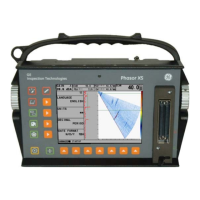
